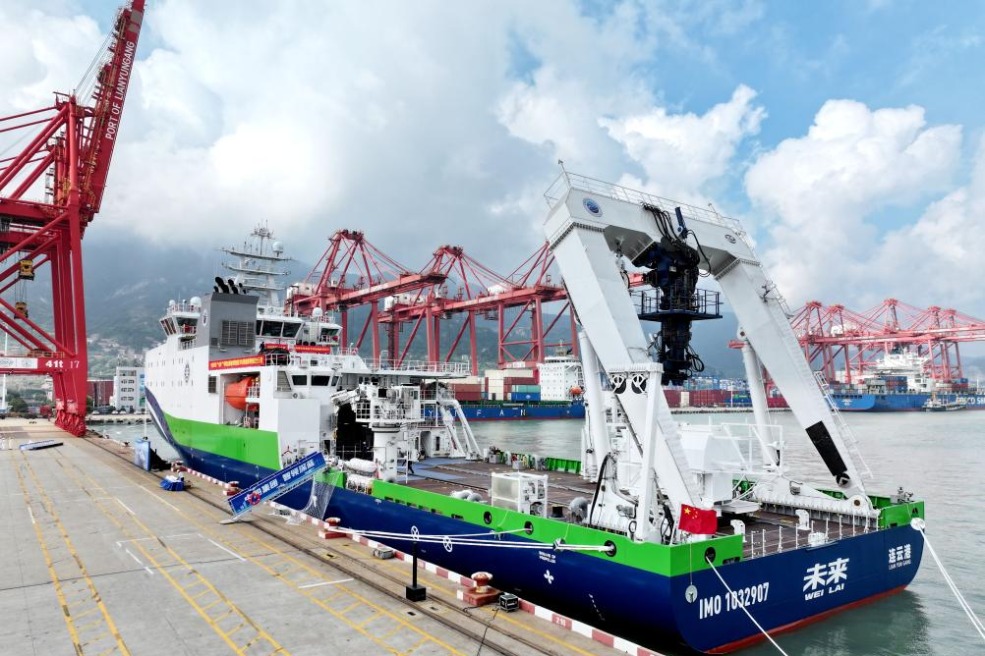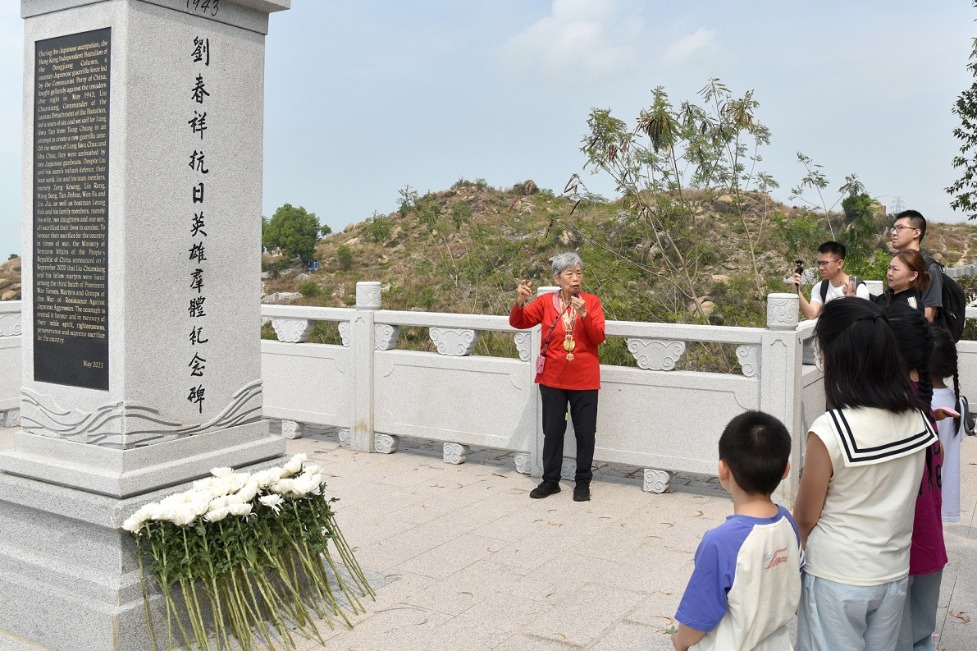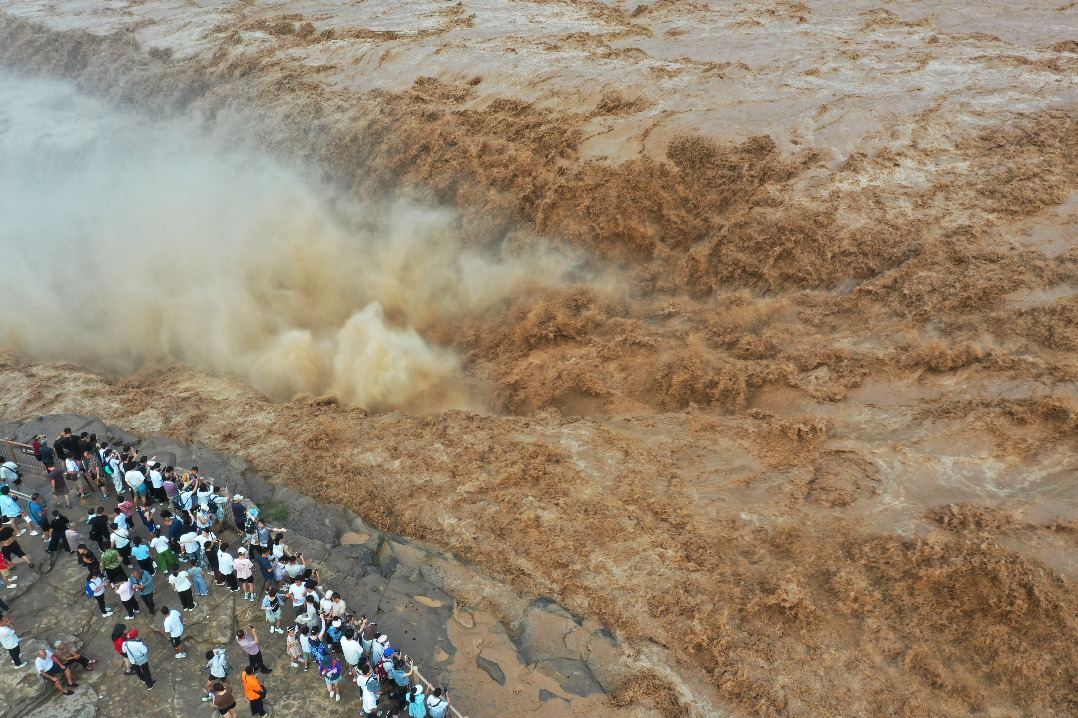High-speed line boosts Shandong's rail connectivity


A new high-speed railway line which went into operation on the Jiaodong Peninsula, Shandong province, on Thursday, is expected to boost regional connectivity in the eastern coastal area, according to China Railway Jinan Group.
It will also help improve the region's links to China's central and western areas, the group said.
The 126-kilometer line, designed for train speeds of up to 350 km per hour, directly connects Weifang and Laixi cities in Shandong. The initial operating speed of the line will be 300 km/h.
The new line will also cut 30 minutes from the traveling time between Shandong's capital, Jinan, and the major cities of Yantai and Weihai.
About 83 percent of the line, 104 km, consists of tunnels and bridges, according to the China Railway Design Corporation. One bridge, which runs above the Qingdao-Rongcheng intercity railway line, has some major breakthroughs in railway design and construction.
It is the first bridge on a high-speed railway to use uncoated steel in its construction. The steel does not have to be painted, which saves maintenance costs, said Lin Hongguang, an engineer from China Railway Design Corporation in charge of the bridge design.
"It is an innovative design in high-speed railway," he said, adding that the material has been used in other engineering projects in the past, but it is the first time it has been applied in railway construction.
The structure of the bridge is another engineering design breakthrough, Lin said.
"Traditional design uses about eight bridge supports, but our design only uses three," Lin said, adding that fewer support structures minimized the impact of the bridge on the railway line below.
"It also looks better and more organized," he said.
Tian Chengjun, chief engineer of the line from China Railway Design Corporation, said designers avoided environmentally sensitive areas when they mapped out the line.
When the line crosses over water, designers built bridges to try and protect the aquatic environment. Pipes have also been installed on the bridges to drain rain away and avoid polluting bodies of water, he said.
- 4 killed, 8 missing following landslide in North China
- Russian influencer celebrates Xinjiang's 'hundred-family banquet'
- Delivery driver earns praise for intervening to protect teenager
- China's first deep-sea green intelligent technology test ship arrives in Lianyungang
- Camels on summer migration journey in Gansu
- American journalist's photos and writing rekindle China's wartime memories





































